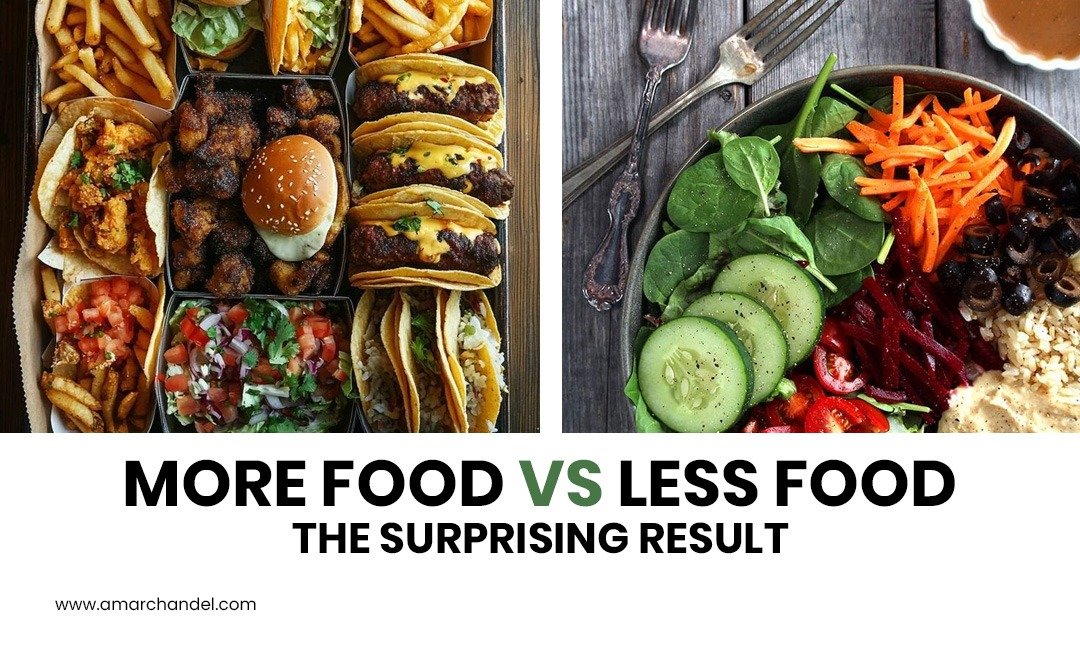India is the diabetes capital of the world, with over 100 million diagnosed diabetics and many more in the prediabetic stage — those at risk but not yet diabetic (ICMR–INDIAB, 2023). But here’s some good news: a simple, affordable, and sustainable food habit can significantly lower this risk — eating more pulses.
Prediabetes is not just a warning sign — it’s a condition where blood sugar levels are higher than normal but not yet high enough to be diagnosed as type 2 diabetes. Many Indians fall in this category unknowingly. A major underlying cause is metabolic syndrome, a cluster of conditions including abdominal obesity, high blood pressure, elevated blood sugar, and abnormal cholesterol levels.
Pulses — chana (chickpeas), rajma (kidney beans), masoor, toor, moong dal, and matar (split peas) — are central to the Indian diet. But beyond their traditional value, modern science is proving their preventive and therapeutic potential.
A landmark study published in the Journal of the American College of Nutrition showed that individuals who consumed three or more servings of legumes per week had up to 75% lower risk of metabolic syndrome compared to those who ate one or fewer servings. That’s a powerful effect for such a humble food group.
(Reference: Bazzano et al., J Am Coll Nutr. 2001;20(4):285-293)
Most people think the only way to prevent diabetes is by eating less — reducing calories, shrinking portions, and suppressing appetite. But a fascinating study published in the Nutrients Journal (2018) challenges this outdated notion.
Researchers compared two groups:
• One group reduced their calorie intake by 500 calories/day.
• The other group increased their food intake by adding 5 cups of pulses per week (without cutting any other foods).
Guess which group did better?
The pulse-eating group not only reduced waist circumference, lowered blood pressure, and improved blood sugar levels — they actually performed as well or better than the calorie-cutting group. Eating more pulses improved metabolic health without any deliberate dieting.
(Reference: Mollard et al., Nutrients, 2018, 10(8), 1106)
Why Pulses Work: The Science Behind the Magic
1. Low Glycemic Index (GI): Pulses release sugar slowly, preventing blood sugar spikes.
2. Resistant Starch: Pulses contain resistant starch that feeds good gut bacteria and slows glucose absorption.
3. Natural Appetite Control: Pulses promote satiety and reduce overall food intake naturally.
4. Rich in Micronutrients: Iron, magnesium, zinc, and B-vitamins — nutrients essential for insulin function — are abundant in pulses.
5. Plant Proteins Without Side Effects: Unlike animal protein sources linked with insulin resistance, plant-based proteins support better glucose metabolism.
Is It Just About Beans? No — It’s a Lifestyle
Critics might argue: maybe people who eat more pulses also follow other healthy habits. That’s a valid concern, but researchers controlled for confounding variables like physical activity, BMI, and other diet components. The protective effect of pulses remained significant, meaning the beans themselves made the difference.
And in the Indian context, where pulses have always been a staple but are being rapidly replaced by processed foods and animal-based protein due to urbanisation, this finding is a wake-up call.
How to Include Pulses in Your Diet
• Swap white rice with khichdi made from moong dal and brown rice or millet.
• Replace fried snacks with roasted chana or boiled sprouts.
• Add masoor dal soup or black chana salad to your meals.
• Choose chhole or rajma over paneer or chicken dishes more often.
Even 5 cups per week — less than ¾ cup per day — can deliver measurable metabolic benefits.

A Sustainable, Affordable Solution
Unlike expensive medications or exotic superfoods, pulses are locally grown, inexpensive, and sustainable. They are part of India’s culinary heritage, from sambar in the South to dal-baati in Rajasthan and Punjabi chhole in the North.
At a time when diet-related diseases are exploding, pulses offer a low-cost intervention with high impact, especially for rural populations and urban slum dwellers, who are disproportionately affected by poor nutrition and rising diabetes rates.
Final Word
Preventing prediabetes doesn’t require deprivation. It requires smart additions — especially of foods that stabilise blood sugar, reduce inflammation, and support gut health. Pulses do all this and more.
In the battle against diabetes in India, our best medicine may already be in our kitchen.
References:
1. Bazzano, L. A., et al. (2001). “Legume consumption and risk of coronary heart disease in US men and women.” Journal of the American College of Nutrition, 20(4), 285-293.
2. Mollard, R.C., et al. (2018). “Regular consumption of pulses for 8 weeks improves markers of metabolic syndrome in overweight and obese adults.” Nutrients, 10(8), 1106.
3. Indian Council of Medical Research – INDIAB Study (2023). National report on diabetes prevalence in India.
4. Indian Journal of Endocrinology and Metabolism (2021). “Diabetes in India: The shifting landscape.”


Give a Reply